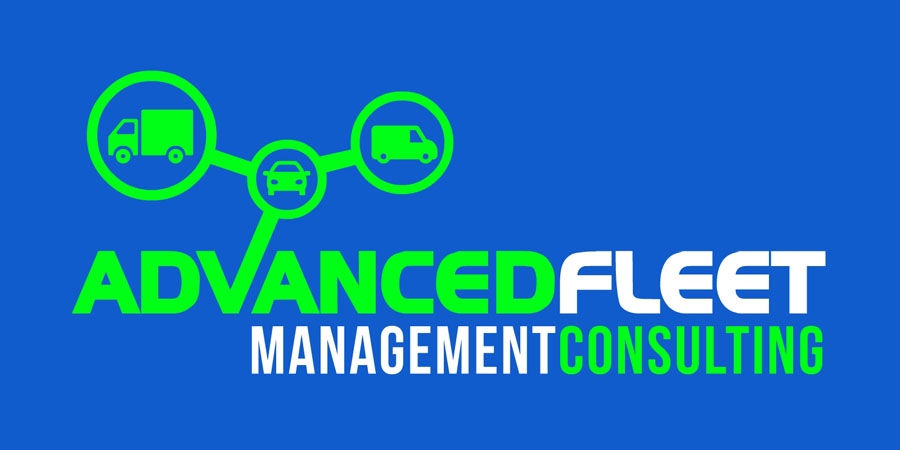
When discussing vehicle electrification strategies, many fleet managers tend to combine hybrids and dedicated battery-electric vehicles (BEV) in the same acquisition bucket. Photo courtesy of stux via pixabay.
Corporate Fleet Electric Vehicle Acquisition Strategies
Editors note: This article is part of a package that takes a closer look at 2020-MY Fleet Orders.
Many companies report that there is increased receptivity among senior management to add electric vehicles (EV) to their fleets as a way to attain corporate sustainability goals.
“As our leadership team continues our focus on sustainability, we have seen a surge in both hybrid and EV interest within our executive fleet,” said Adam Orth, CAFM, global business solutions – fleet services manager for General Mills Inc.
However, when discussing vehicle electrification strategies, many fleet managers tend to combine hybrids and dedicated battery-electric vehicles in the same acquisition bucket. Hybrid acquisitions are growing at many fleets. But, when you separate hybrids from dedicated battery-electric vehicles, then responses start to vary.
“My issue with EVs is that there is not a huge infrastructure in all regions of the U.S. for charging vehicles,” said Cynthia Walker, buyer and fleet manager for Caterpillar. “Plus, with my drivers covering wide territories, a charge must be as long as a gasoline fill up. It cannot take an hour or even a half-hour to charge a vehicle. I need EVs to get more miles per charge and have the ability to find a charging station anywhere as we travel to a lot of remote areas.”
Other additional factors still need to be addressed, such as total cost of ownership, employee reimbursement of electricity charges, and reduced cargo-carrying capacity.
“As ranges get better there are some applications for EVs in commercial fleets,” said Debbie Mize, fleet manager for Hallmark Cards. “I still haven’t quite figured out how the charging would work in our salespeople’s homes, such as how they would be compensated for their electricity use. There are a lot of EV products that will come to market in this area very soon so it will be interesting to see how they are utilized. The hybrid electrics are the best of both worlds, but you definitely lose cargo space and it is impossible to justify the cost. As these vehicles increase in volume, I’m sure the pricing will also be more in line.”
Another factor constraining EV adoption is the limited number of vehicle segments that are battery-powered. “The majority of our fleet is medium- and heavy-duty trucks. Until there is a solution in this space that is cost-neutral to our organization, I don’t believe EVs will fit our needs,” said Amy McAdams, director of fleet for MORSCO.
The concern about limited EV truck applications was also brought up by a construction management company that wished to remain anonymous. “We need a solid EV truck application that is price-sensitive. For our remote work, I don’t think a long-distance EV application will be available in the near future, but we would welcome this type of breakthrough in extended battery range.”
Even in a specific territory application, limited battery range and recharging infrastructure are impediments, according to one cable company fleet manager who asked not to be identified.
Some fleets, such as AmeriGas, will never be EV users due to the nature of their business. “We are a HazMat utility fleet and the risk of a spark ignition is too great in our productive environment for EVs,” said Jay Massey, corporate fleet vehicle manager for AmeriGas Propane L.P.
For global fleets, such as ACGO, which is looking to implement a multiregional sustainability initiative, the variations in emission reduction requirements by different countries has been daunting.
Pharmaceutical companies responding to this question cite the inconsistency of recharging infrastructure by region as a hindrance for nationally dispersed field force fleets. “However, there may be suitable applications that would work for site pool vehicles at our manufacturing facilities,” said one pharma fleet manager who wanted to remain unidentified.
Despite these limitations, most fleets are open to the idea of adopting EVs to make their fleets more sustainable by reducing their carbon footprint and reducing GHG emittance.
“We are patiently waiting for the right electric application that will allow our drivers to be as productive as they currently are, as well as a similar TCO and infrastructure in place to support the electric vehicles,” said Brett Switzky, fleet, trucking, and records retention manager for American Family Insurance.
Source: https://www.greenfleetmagazine.com
FLEET MANAGEMENT AUDIT
Fleet management is the use of a set of vehicles in order to provide services to a third-party, or to perform a task for our organization, in the most efficient and productive manner with a determined level of service and cost.
Fleet management activities are shown in the following graph 1:

Graph 1: fleet management activities
The proposal audit analyses and assesses all fleet management activities shown in the graph 1, and its main goals are:
- Know the overall status of the fleet management activities
- Provide the analysis, the assessment, the advice, the suggestions and the actions to take in order to cut costs and increase the efficiency and efficacy of the fleet management activities
With the information obtained, we’ll elaborate a report that holds the overall status of the fleet management as well as the suggestions, recommendations and the measures to take in order to cut costs and optimize the fleet management activities.
CLICK ON THE FOLLOWING LINK TO DOWNLOAD THE PROPOSED FLEET MANAGEMENT AUDIT:
Fleet Management Audit AFMC
Contact:
José Miguel Fernández Gómez
34 678254874
info@advancedfleetmanagementconsulting.com
 I´m a Fleet Management expert, and the manager of Advanced Fleet Management Consulting, that provides Fleet Management Consultancy Services.
I´m a Fleet Management expert, and the manager of Advanced Fleet Management Consulting, that provides Fleet Management Consultancy Services.


